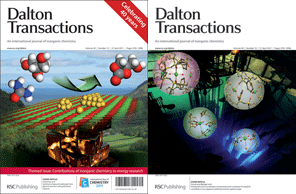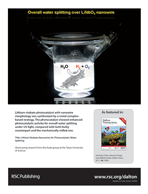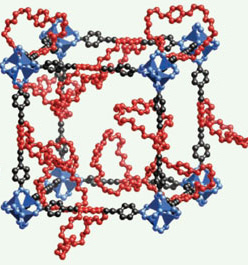A chance to meet fellow postgraduates and postdocs from the wider UK inorganic community this year at the Dalton Transactions Younger Researchers Symposium. The meeting, organised in associated with Johnson Matthey, is taking place in University of Warwick on 20-21 September 2011.
Registration for the symposium is FREE of charge and accommodation and the conference dinner cost comes to a mere £67 – a bargain indeed! Speakers include the 2010 Dalton Transactions Europe/Africa Lectureship Winner, Professor Karsten Meyer, Dr Erwin Reisner and Dr Michaele Hardie. More information available at the event webpage.
Register now!













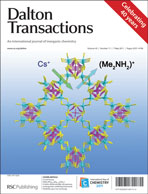
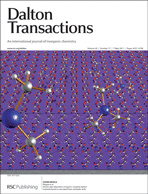

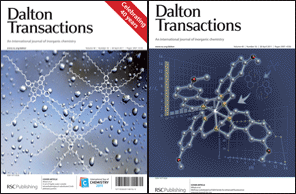
 In this
In this 
